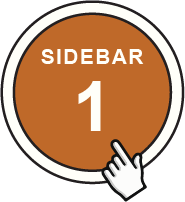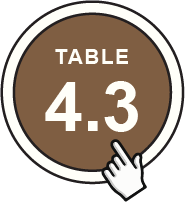Show Navigation Menu
Section Two : Becoming a Researcher/Scholar
Chapter 4: Effective Research, Sidebar 1, Table 4.3
Hide Navigation Menu
Home Page
Section 1 Foundations of Doctoral Study / Chapter 4 Effective Research

An Empirical Checklist
An empirical checklist is a popular tool doctoral learners can use to help identify empirical research articles. This checklist does not identify each section of an empirical article explicitly, but rather combines common sections under broader headings. For example, the Introduction heading includes the study’s rationale, research question(s) or hypothesis(es), and the literature review. Often, research articles will have separate sections for each of these parts, but many also combine these sections under an article’s Introduction. It is important to note, the term research question(s) are usually found in qualitative research methods and hypothesis(es) are generally assigned to quantitative research studies.
A literature review can serve a number of functions:
• Discusses past research on the topic
• Summarizes and synthesizes research contributing to the field of study
• Identifies particular theories or past research that will be used as model to inform the study at hand
• Analysis of past research
• Provide a linear history important work
• Identify and discuss gaps in the literature.
Ultimately, a literature review demonstrates the author’s scholarship on the subject material and gives his or her current research authority and credibility. The methods section is often broken down into subheadings that address sample population(s), design instrumentation, and data analysis procedures. The results section explains the findings from the data. Often, quantitative research will use graphs and charts to illustrate a study’s outcomes; however, this strategy is used less with qualitative inquiry. The conclusion section should not be confused with a study’s results section. A conclusion contains a summary of the study and addresses whether or not the research question(s) or hypothesis(es) were supported. As a reflective practice, the authors will offer recommendations for future research opportunities. At the end of every study is a reference section. As mentioned earlier in this chapter, it is an effective strategy to identify past contributions that learners can use to expand upon their research.

